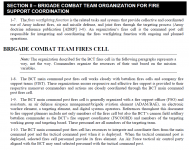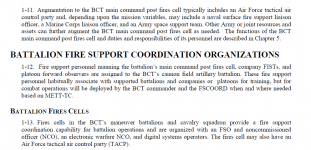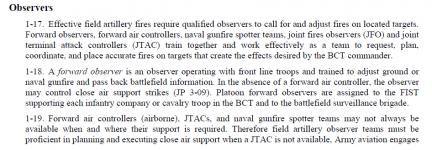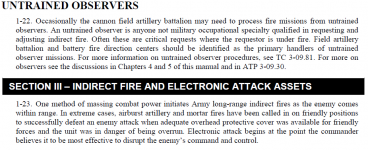- Reaction score
- 11,940
- Points
- 1,160
Meanwhile, back at the ranch, for the mobile force, based on 6 LAV units how about?
6 LAV Units
18 LAV Companies (3 Coys / Unit)
54 LAV Platoons (3 Pls / Coy)
Reduce the Platoon from 4 to 3 Vehicles on the Swedish pattern and as suggested in the Advance With Purpose literature

Reduce the GIBs to 16 on the USMC pattern (including a medic as the 16th person)
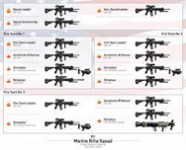
Replace the the 4th LAV with an MSHORAD with a crew of 3. (Supplying both SAM and ATGM support) - 9 MSHORADs per Unit
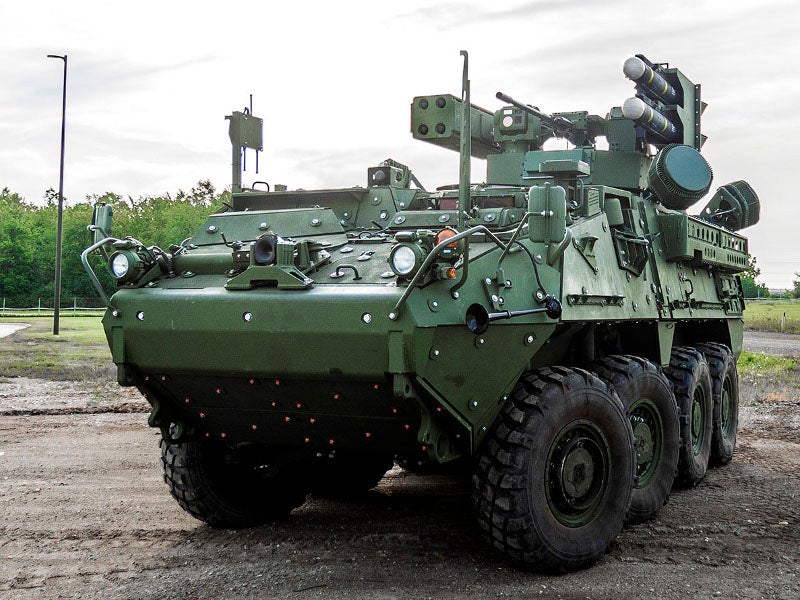
Add a 4th MSHORAD to each Company to cover the Command Element and create a common 4 vehicle manoeuvre element. - 12 MSHORADs per Unit
Add 4 more MSHORADs to cover the attached Fire Support and Command Elements
Permanently attach, to each 3 Company Unit, an artillery battery of 8 Denel 105s mounted on LAVs to provide both low angle Field Gun / MGS DFS as well as high angle Howitzer support. A mobile 105mm version of the venerable 25 pdr Gun-Howitzer issued to Field Batteries.
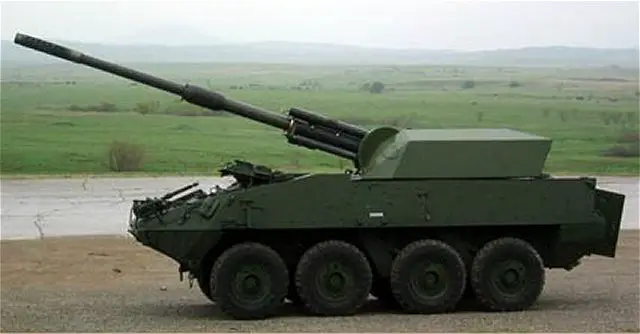
Add to each Battery 4 LAV mounted Loitering Attack Munitions systems (similar to the recoverable Hero-120 selected by the USMC)
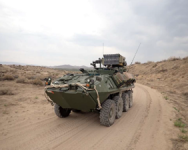
Sum Total? Per Unit?
27 Rifle LAVs with 81 Crew and 9x16 GIBs (144)
15 Cmd LAVs with 6 crew and Cmd (90)
16 MSHORAD with 48 Crew
8 LAV-SPH with 24 Crew
4 LAV-LAV with 12 Crew
42 Infantry Vehicles including Arty C2
28 Arty Vehicles
70 total LAVs
318 total personnel
I leave others to figure out what it would take to support such an organization both when it is operating out of a garrison in a local area and when it is deployed on expedition.
I propose this as a fully regular organization.
We also might want to consider the Artillery vehicles for optional manning, permitting the crews to operate under separate cover in the defence.
6 LAV Units
18 LAV Companies (3 Coys / Unit)
54 LAV Platoons (3 Pls / Coy)
Reduce the Platoon from 4 to 3 Vehicles on the Swedish pattern and as suggested in the Advance With Purpose literature

Reduce the GIBs to 16 on the USMC pattern (including a medic as the 16th person)

Replace the the 4th LAV with an MSHORAD with a crew of 3. (Supplying both SAM and ATGM support) - 9 MSHORADs per Unit

Add a 4th MSHORAD to each Company to cover the Command Element and create a common 4 vehicle manoeuvre element. - 12 MSHORADs per Unit
Add 4 more MSHORADs to cover the attached Fire Support and Command Elements
Permanently attach, to each 3 Company Unit, an artillery battery of 8 Denel 105s mounted on LAVs to provide both low angle Field Gun / MGS DFS as well as high angle Howitzer support. A mobile 105mm version of the venerable 25 pdr Gun-Howitzer issued to Field Batteries.

Add to each Battery 4 LAV mounted Loitering Attack Munitions systems (similar to the recoverable Hero-120 selected by the USMC)

Sum Total? Per Unit?
27 Rifle LAVs with 81 Crew and 9x16 GIBs (144)
15 Cmd LAVs with 6 crew and Cmd (90)
16 MSHORAD with 48 Crew
8 LAV-SPH with 24 Crew
4 LAV-LAV with 12 Crew
42 Infantry Vehicles including Arty C2
28 Arty Vehicles
70 total LAVs
318 total personnel
I leave others to figure out what it would take to support such an organization both when it is operating out of a garrison in a local area and when it is deployed on expedition.
I propose this as a fully regular organization.
We also might want to consider the Artillery vehicles for optional manning, permitting the crews to operate under separate cover in the defence.



